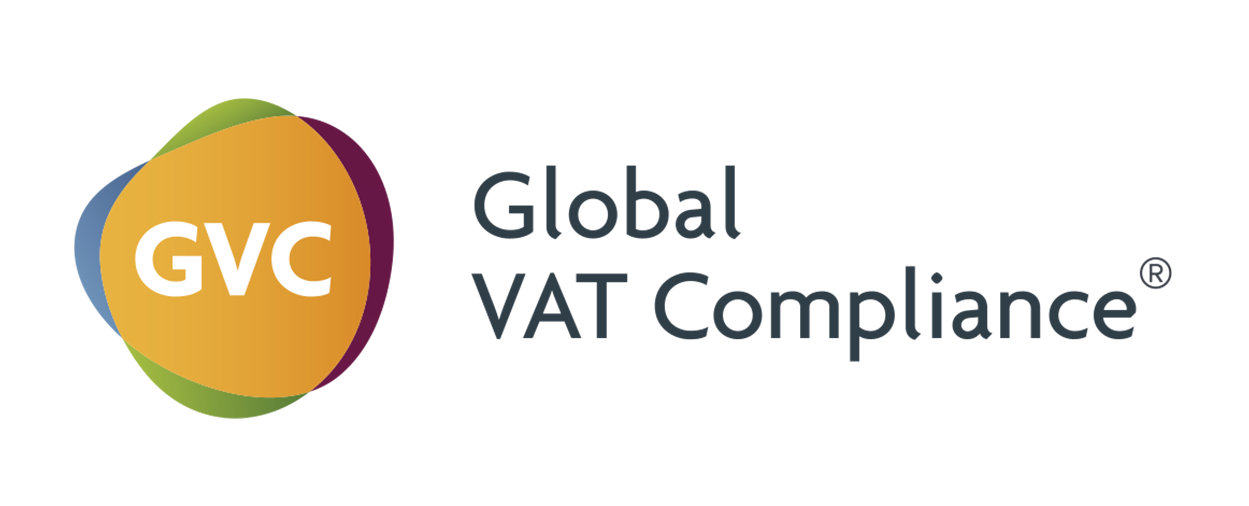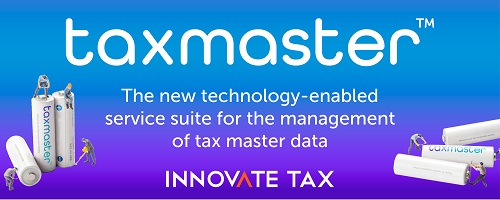The case discusses the application of the proportional deduction method for value-added tax (VAT) purposes in the Netherlands. According to the method, the deductible portion of input VAT related to goods and services used for both taxable and exempt activities is determined based on turnover ratios. However, if it can be demonstrated that the actual use of the goods and services is different, the deductible portion is calculated based on the actual use. To calculate the deductible portion based on actual use, objective and accurate data must be available. In this case, the taxpayer failed to provide objective and accurate data to determine the actual use of the goods and services. The taxpayer’s estimation of time spent on lending activities and other activities was not considered as such data. Therefore, the deductible portion had to be determined based on turnover ratios. Additionally, there was no legal basis to apply two different deduction ratios based on turnover ratios, as done by the tax inspector in favor of the taxpayer. Regarding the treatment of interest in the calculation of the deduction ratio based on turnover ratios, interest can be excluded if it is not a consideration for a taxable service or reflects revenue from ancillary financial transactions. However, interest on loans or bank deposits is considered a consideration for the provision of credit services and should be included in the calculation of the deduction ratio. In this case, except for a small amount, the interest received by the taxpayer was considered as consideration for credit services and included in the calculation. Furthermore, financial transactions can be considered ancillary when they involve only a very limited use of purchased goods or services. The taxpayer failed to provide evidence that its lending activities were ancillary financial transactions. On the contrary, the loan agreements indicated that the taxpayer utilized purchased services for lending purposes. Moreover, the financial transactions, both in absolute and relative terms, resulted in significant revenue compared to the total activities of the taxpayer. Therefore, the lending activities were not considered ancillary financial transactions. Regarding the application of a prior-year turnover ratio for determining the deductible portion in 2013, the taxpayer referred to a policy applicable to banks. However, since the taxpayer was not a bank, it could not rely on that policy. Additionally, there was no evidence that the taxpayer applied the required adjustment in the following year. Lastly, the taxpayer disputed the classification of certain costs as general costs instead of directly attributable costs to taxable rental activities. However, the taxpayer failed to provide sufficient evidence to support a higher deductible amount for costs solely incurred for taxable activities. The tax inspector contested the taxpayer’s claims, stating that the costs had already been taken into account. Overall, the court upheld the tax inspector’s decision to determine the deductible portion of input VAT based on turnover ratios, considering the lack of objective and accurate data provided by the taxpayer.
Source: uitspraken.rechtspraak.nl















